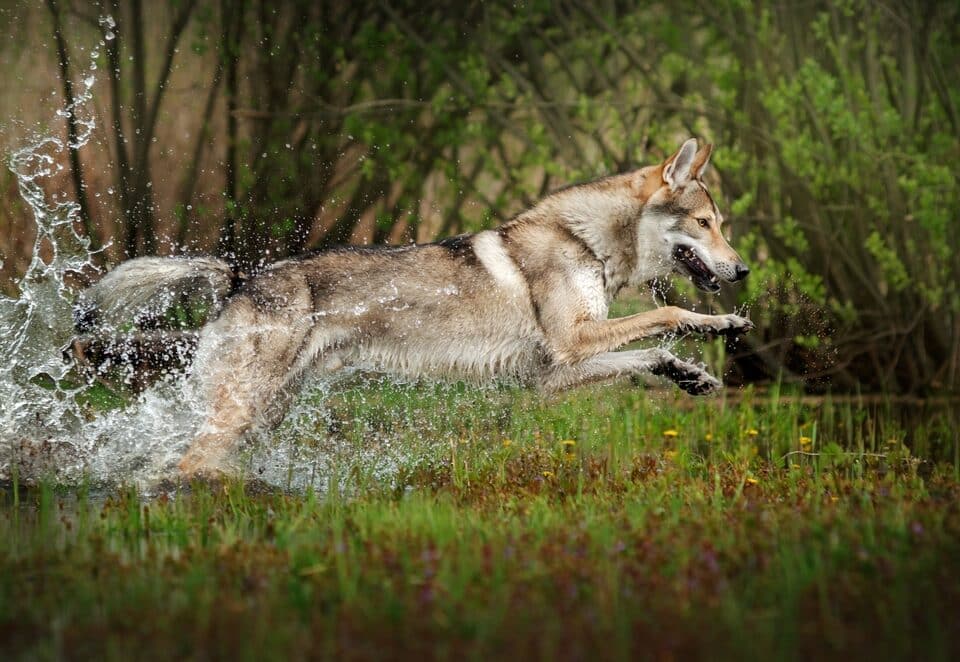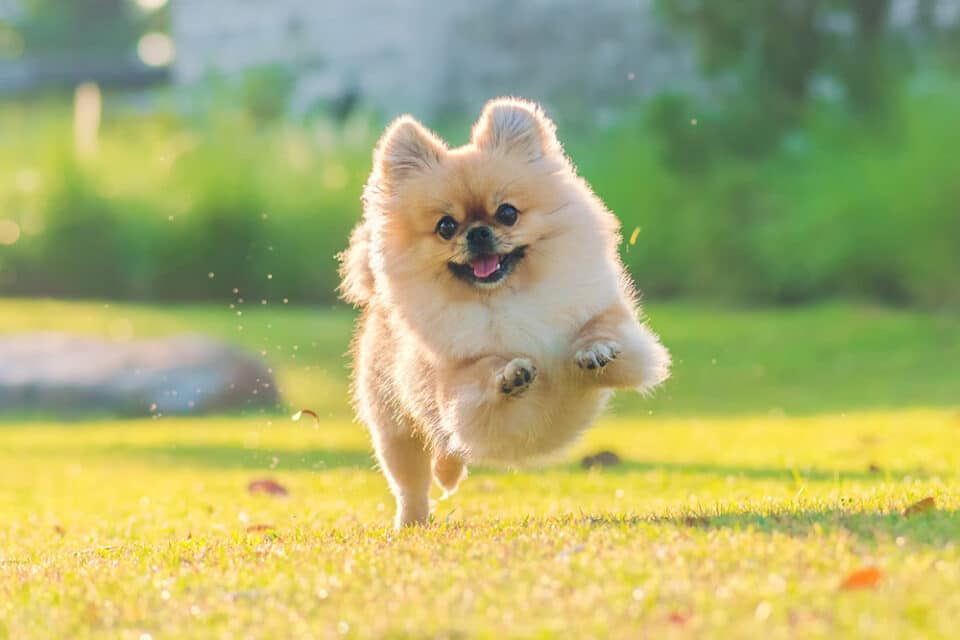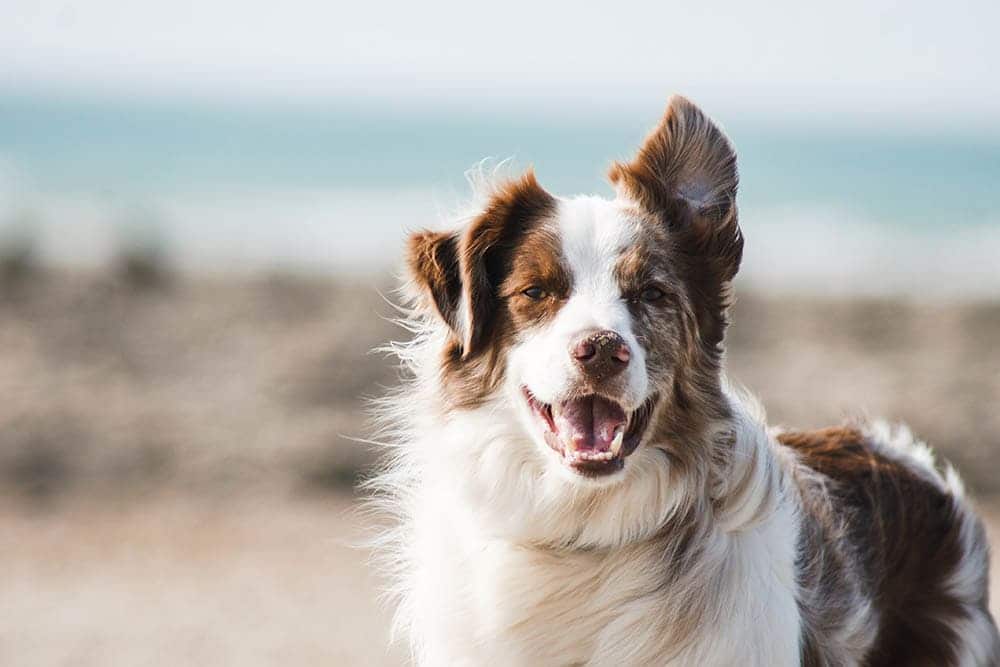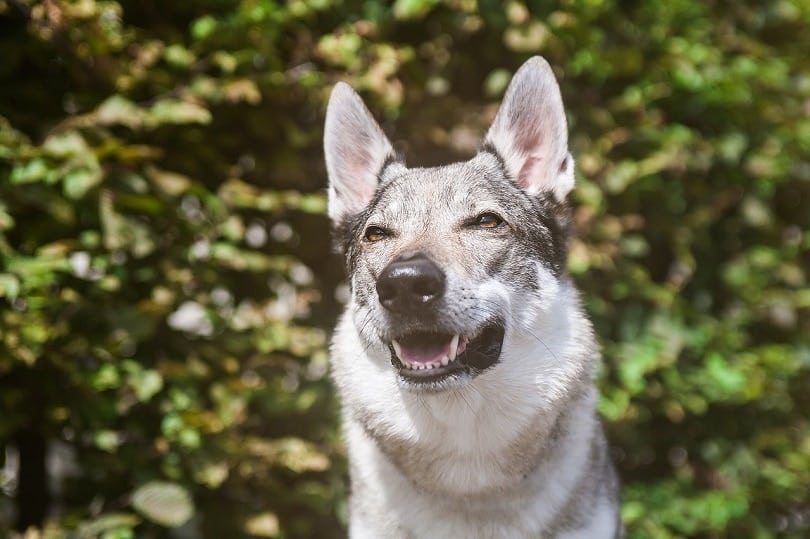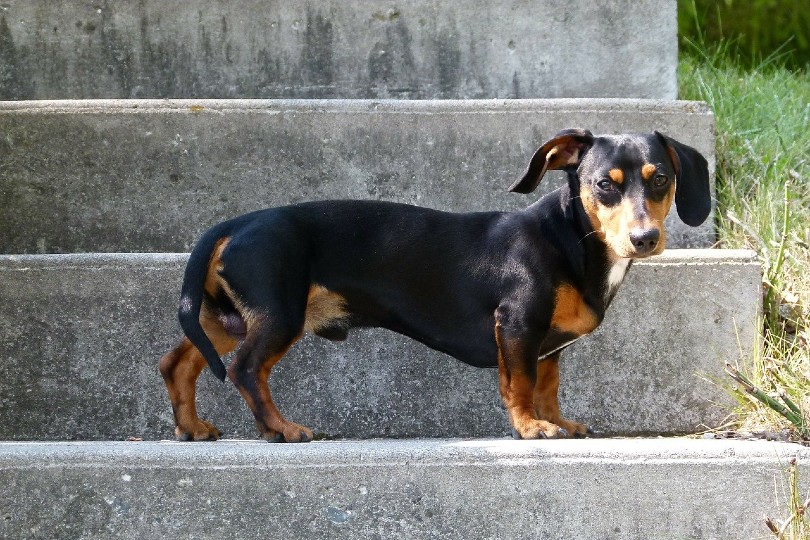The Czechoslovakian Wolfdog, an intriguing blend between German Shepherd and Carpathian wolf, might just capture your wild side.
- These majestic canines closely resemble their wolf ancestors, making them both a sight to behold and a challenge to handle.
- Owning one of these hybrids isn’t for the faint-hearted, they require special care and understanding of their unique traits.
- Before bringing one home, it’s crucial to research their legal status and specific needs in your area.
- From high energy demands to complex temperaments, the Czechoslovakian Wolfdog calls for an experienced owner.
With striking looks reminiscent of their wolf kin, the Czechoslovakian Wolfdog is no ordinary pet. They carry the wild spirit of their forebears, making them captivating yet challenging companions. Blending the mighty German Shepherd with Carpathian wolf roots, these hybrids are full of surprises.
Standing tall at 12–18 inches and weighing between 60 and 90 pounds, they’re not just another member of the pack. Their coats come in shades of silver gray, yellow gray, or gray, exuding a vibe that’s as captivating as it is mysterious. However, their beauty comes with responsibilities that not everyone is equipped to handle.
This isn’t a breed for apartment living or novices. These dogs need wide, open spaces to roam—homes with plenty of room to accommodate their high energy and instinctual nature. Given their primal instincts, they might not be the best neighbors for other small pets like chickens or cats. They thrive under the care of experienced owners who understand their unique blend of wildness and loyalty.
Training these wolfdogs can be quite the task. While they boast intelligence and keen awareness, their wild lineage can make them resistant to standard training methods. Their behavior can range from playful to skittish, depending on their mix of wolfiness and dog temperament. Socialization from an early age is critical to curb nervousness or aggressive tendencies.
The origins of the Czechoslovakian Wolfdog trace back to 1955 as an experimental breed for Czech government border patrols. Despite their promising traits—intelligent, alert, and agile—training proved difficult, leading to their continued development primarily as pets. Currently unrecognized by the AKC, they are part of the foundation stock service, signifying potential for future recognition.
When it comes to diet, these dogs take after their wolf ancestors, thriving on raw food diets rather than standard dog kibble. Their exercise needs are just as demanding; they can cover miles daily and should always be kept in secure areas due to restrictions on wolf hybrids.
Grooming is relatively straightforward thanks to their self-care habits, but regular brushing helps manage their shedding. Health-wise, they are robust, though they are prone to certain conditions like hip dysplasia and eye problems. Legal issues also surround their vaccinations, which often are not recognized for wolfdog breeds.
When considering a Czechoslovakian Wolfdog, potential owners must weigh their ability to meet this breed’s unique challenges and demands. Each dog is a roll of the genetic dice, potentially gaining more wolf-like characteristics that influence their behavior and personality.
For those who can rise to the challenge, the Czechoslovakian Wolfdog promises an unbreakable bond and a uniquely rewarding relationship.
